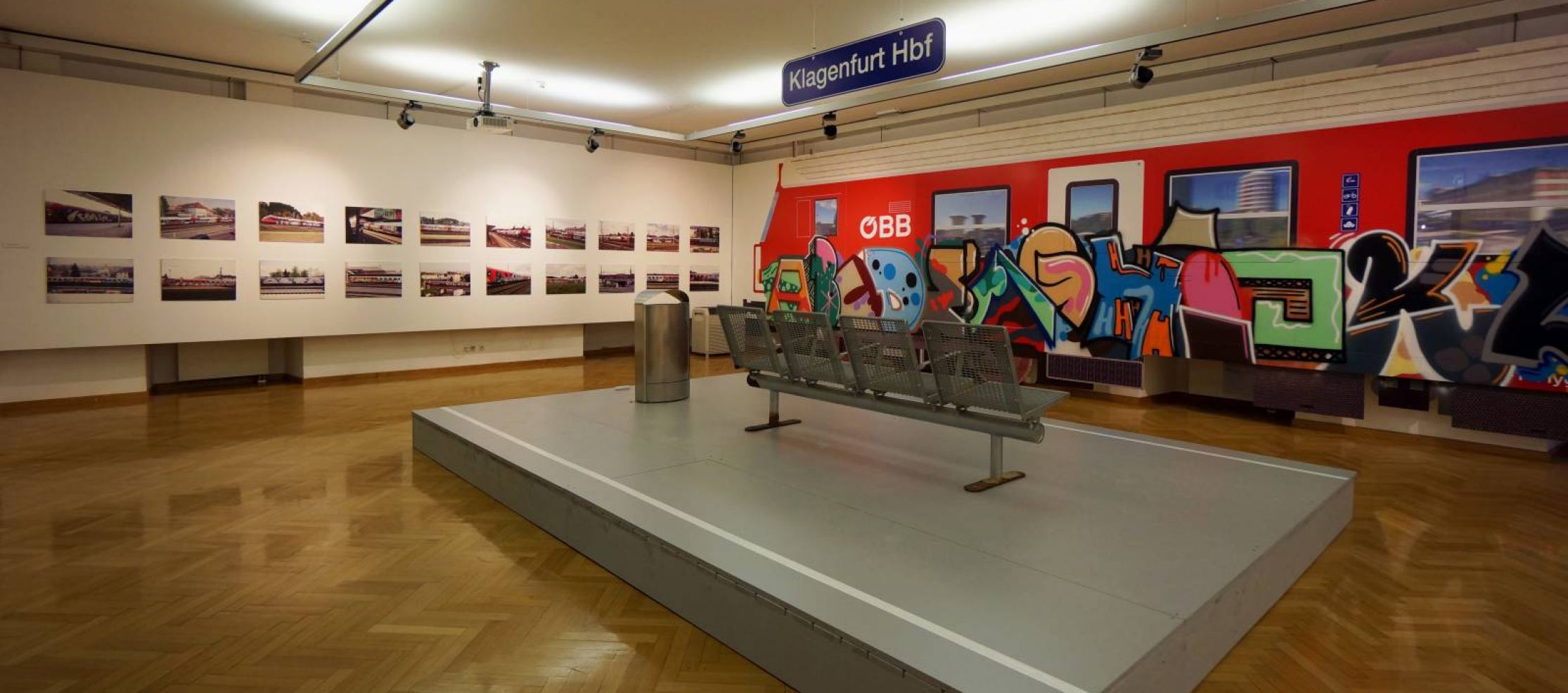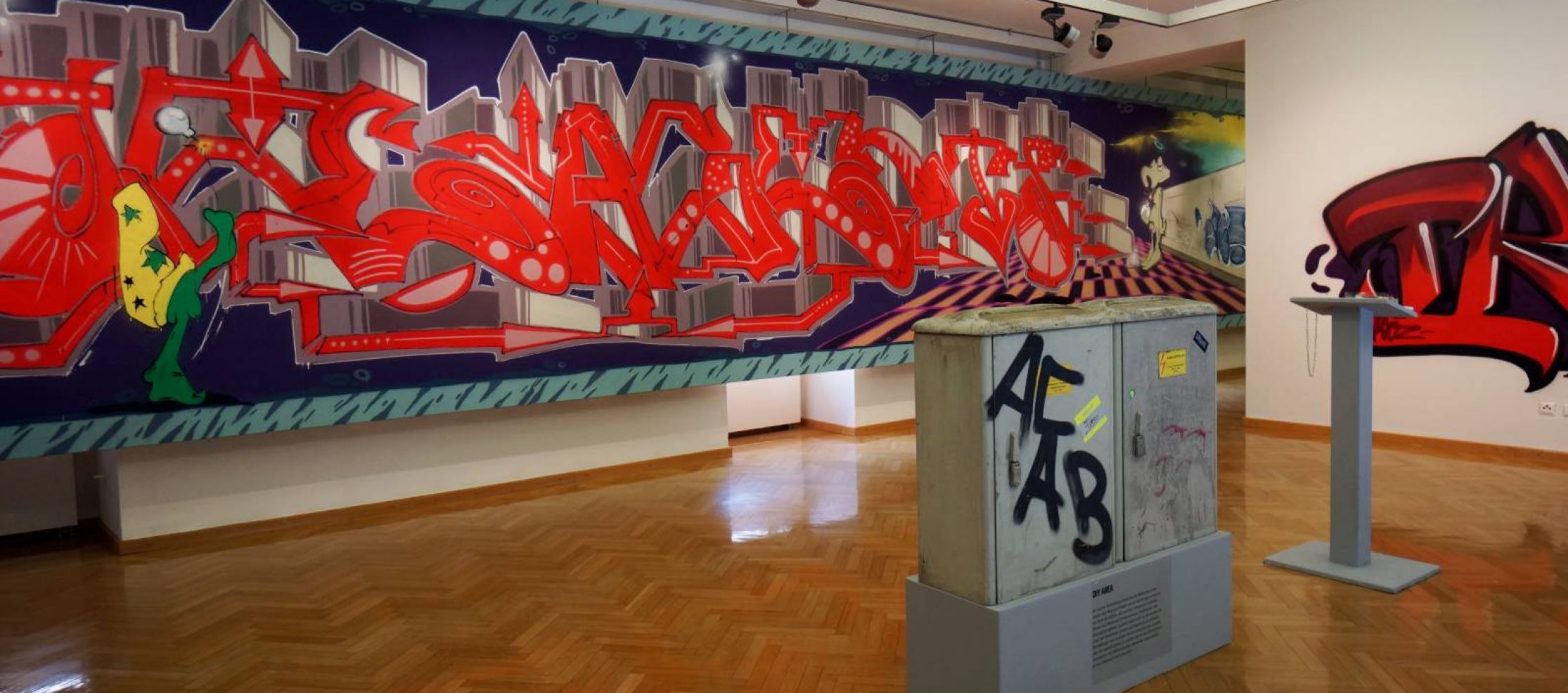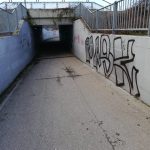„UMLACKIERT“

UMLACKIERT Graffiti – from Legal Walls to Wholetrains.
The exhibition „Umlackiert“ (repainted) provides an in-depth insight into the Carinthian graffiti writing movement, which has become increasingly visible in this country since the 1980s.
They are often created overnight: colourful pictures and wild letters, usually without a commission and in some places also unwanted. For decades, illegible-looking lettering in garish colours has raised questions about its meaningfulness. Smearing, vandalism, destruction – sometimes even art: a simplified explanation is quickly found, but a closer look reveals much more than the autonomous repainting of walls and trains.
EXHIBITION
20 April to 5 September 2021


They are often created overnight: colourful pictures and wild letters, usually without a commission and in some places also unwanted. For decades, illegible lettering in illegible lettering in garish colours has been raising questions questions about their meaning.
Smearing, vandalism, destruction – sometimes even art.
Art: A simplified explanation is quickly found, But a closer look reveals that there is much more to this than the autonomous repainting of walls and trains. Leaving behind messages and inscriptions as traces of one’s traces of one’s existence is actually as old as man himself.
as man himself. Graffiti and its predecessors have always been been omnipresent. The most visible form today is called graffiti writing and originated in North America in the 1960s. The mostly young protagonists began to write their names and pseudonyms on public on public surfaces without being asked. A phenomenon that has also became more and more popular in Carinthia since the 1980s and and has helped to shape both urban and rural space in many places. urban as well as rural space.
The exhibition UMLACKIERT gives a comprehensive and authentic and authentic insight into the graffiti writing movement. Viewers are given access to a culture that is often on the fringes of legality, which often moves on the edge of legality. The process of creation can be observed – artists Artists from Carinthia and the Alps-Adriatic region work live in front of an audience.
At the end of the exhibition the façade of the Stadtgalerie itself will be repainted:
The artist will be chosen by visitors in the form of a public competition.
Selected by visitors in the form of a public competition.
An exhibition in cooperation with Urban Playground and Spraycity




